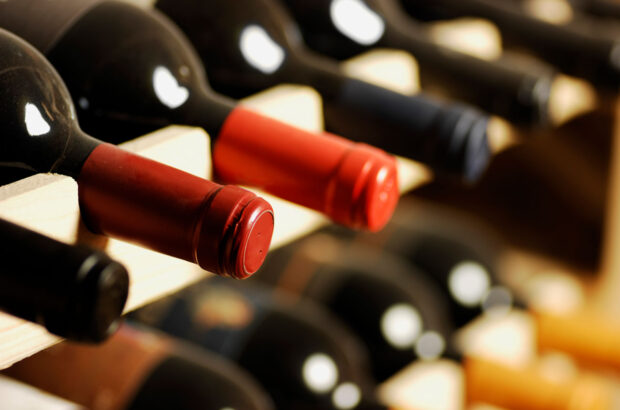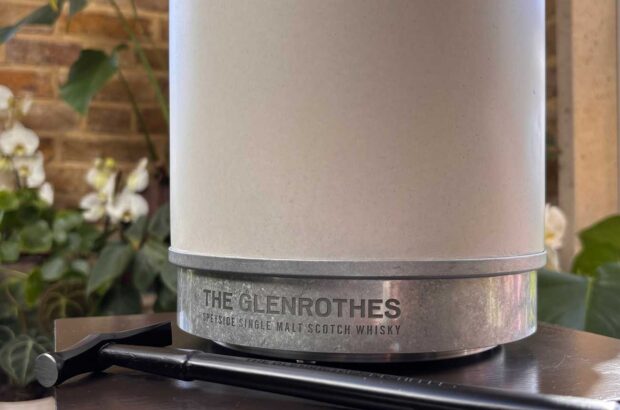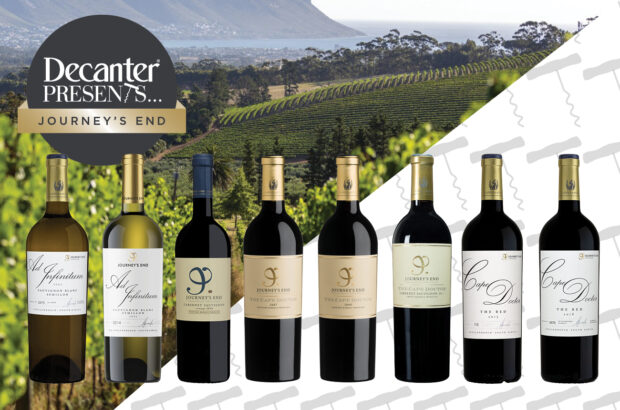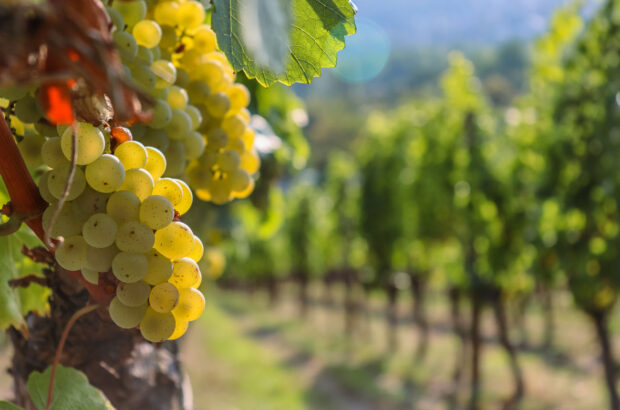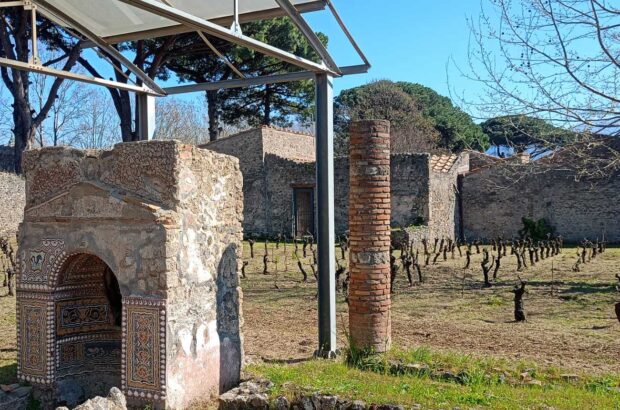Poor weather has hampered winemakers’ efforts to uproot vines this year as part of a ‘grubbing up’ scheme, said the Bordeaux wine bureau (CIVB).
As of 10 July, more than 3,000 hectares (ha) of Bordeaux vines had been uprooted as part of a ‘sanitary grubbing-up plan’ co-funded by France’s Ministry of Agriculture and the CIVB, according to figures from French customs officials.
That is below the maximum amount of 9,500ha allowed under the scheme, which constitutes around 9% of the region’s total vineyard area.
It’s part of efforts to put wine production in the Bordeaux area on a more sustainable footing, amid ongoing decline in wine consumption in France and challenges on export markets.
Heavy rain has made it hard for winemakers to press ahead with the work, however. ‘The weather conditions of recent months have made grubbing-up technically impossible,’ said a CIVB spokesperson.
Although the scheme’s 31 July deadline is drawing near, the spokesperson said it wasn’t abnormal for the figure to be below its target at this stage, and that final numbers would be reviewed in September.
‘Winegrowers have one month after the actual grubbing-up to declare that the work has been completed.’
A report by local newspaper Sud-Ouest said that officials were hoping that drier summer weather in the final weeks of the campaign would help producers to make up for lost time.
As previously reported by Decanter, demands to grub up vines came from the regional Bordeaux and Bordeaux Supérieur appellations, as well as Médoc, Côtes de Bordeaux and Côtes de Bourg.
While Bordeaux is best-known as the home of major châteaux, there are thousands of winemakers across the wider Gironde region. In early 2023, a survey by the local chamber of agriculture found that one third of growers were facing economic difficulty.
Average prices of vineyards vary significantly. In 2023, Bordeaux AOP vineyards with red wine grape varieties averaged €9,000 per ha, down 14% on the previous year, according to a recent report by French rural land agency Safer.
In contrast, prices were stable in several top appellations. Average vineyard land value across Pauillac, Margaux and St-Julien was around €1.5m per ha in 2023, said Safer, adding the best terroirs in Pauillac can reach €4.5m per ha.
Bordeaux isn’t the only region of France, or the wider wine world, facing issues related to surplus wine supply.
Earlier this year, a senior industry figure in California called for growers to remove thousands of hectares, to better balance production with consumer demand.



